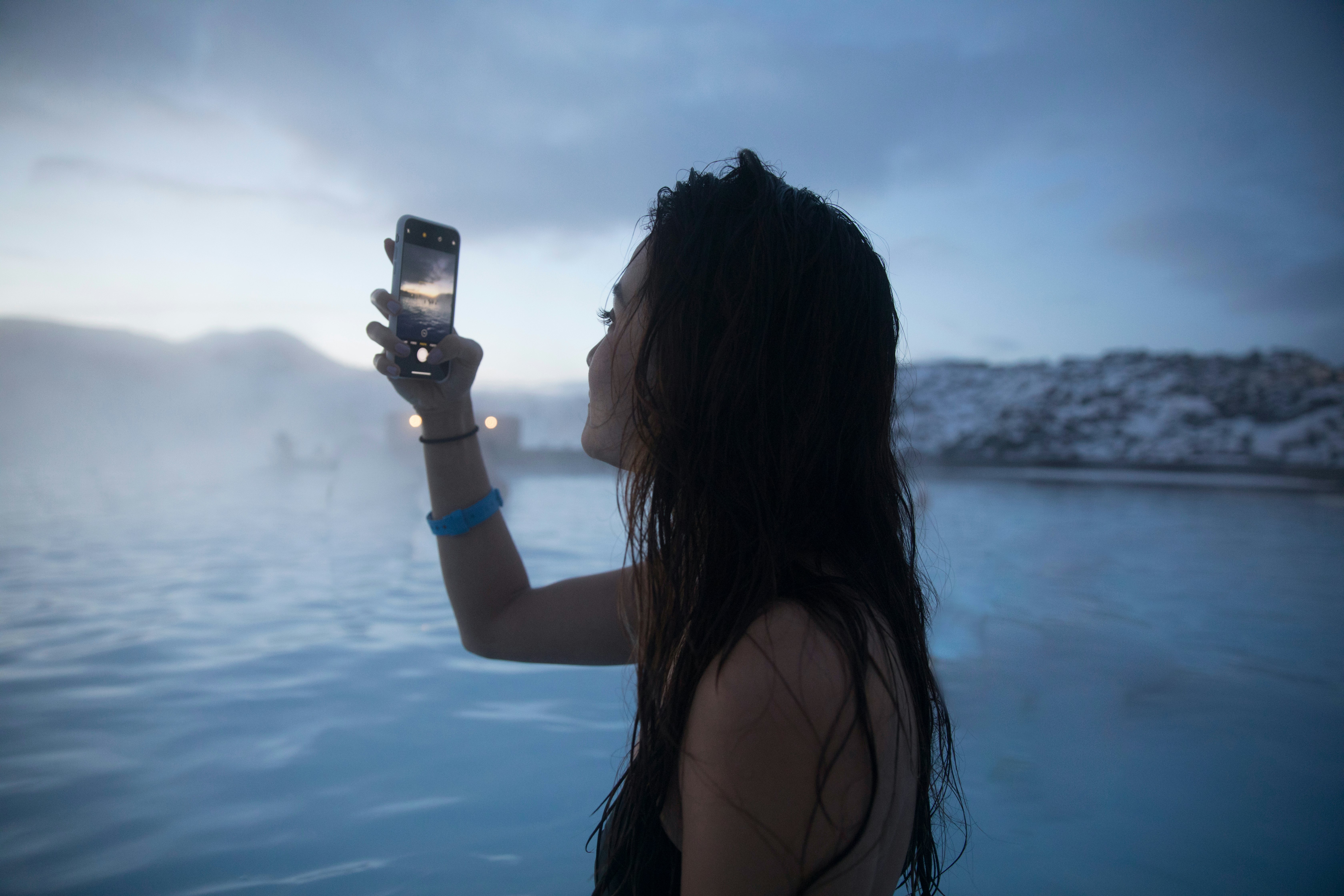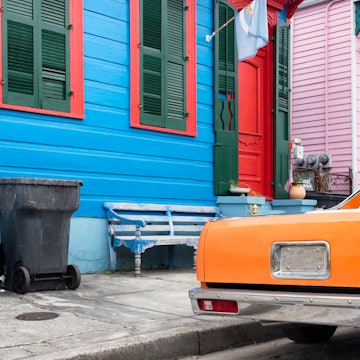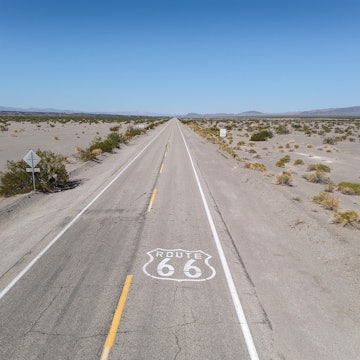
Getting connected in Iceland: your guide to eSIMs, wi-fi and mobile networks

Nov 14, 2024 • 7 min read

Stay connected when on vacation in Iceland with this guide to cell service, roaming charges and data. Shutterstock
Located in the frigid North Atlantic, Iceland is remote indeed – and its rugged landscapes look more like the moon than the rest of Europe.
Yet throughout this island nation, a strong wi-fi or cellular signal is never far away. Which means you can FaceTime your family from the Golden Circle, or log on to Zoom calls from quiet campgrounds tucked into scenic canyons. Count on being able to check your email from underneath the northern lights, or stream your favorite playlists while driving the Ring Road.
Whether you need real-time directions or a remote-work setup, Iceland’s wi-fi, eSIM, and mobile networks have you covered. Here’s everything you need to know about getting and staying connected in the land of fire and ice.
Will my phone work in Iceland?
Your phone will most likely work in Iceland – but it might cost you. If you’re a traveler from the USA, you’ll want to check your mobile plan’s roaming rates and policies before browsing through local cellular networks.
T-Mobile and Sprint offer some subscribers free international data, but speeds may be slower. Providers including Verizon and AT&T offer international data roaming for a daily rate, or by gigabyte of data. Verizon sells a $10 daily travel pass that offers unlimited calls, texts and data. And T-Mobile sells a 10-day international data pass with 5 GB of high-speed data for $35. For context: 1 GB of data is enough for about 8 hours of streaming music, 1000 emails or 80 minutes of video streaming. If you’re on WhatsApp, it’ll get you a full 1.5 million messages (without photos or videos, that is).

What mobile networks are available in Iceland?
Iceland has three major cellular service providers: Síminn, Nova and Vodafone. While you can expect your mobile phone to work in cities, towns and along popular driving routes, service might be limited in more-remote parts of the country. Wi-fi hotspots are readily available for rent. These allow you to access wi-fi on your mobile device through a mobile wi-fi station.
How can I get a local SIM card?
As in most of Europe, the most affordable way to stay connected in Iceland is with a prepaid SIM card. If your phone has a slot for a physical SIM card, the best value is purchasing one upon arrival at Keflavík International Airport. You can also buy local SIM cards at gas stations, convenience stores, local shops and tourist centers.
You will need an unlocked phone to use this option. If it calms your travel anxiety, ask the shopkeeper to help you install your new local SIM card and where to find your local number.
If you’re traveling from continental Europe, you may not need an Icelandic SIM card, as European law allows EU residents to use their phone plans anywhere in Europe (including in Iceland, a member of the EEC and Schengen Zone if not the full EU) without additional charges.
Are eSIMs available in Iceland and how do they work?
If you’re from outside the European Union and have a newer phone, you can use a local eSIM to manage your phone bill. You will need an unlocked phone to use this option – and the savings might be considerable. Indeed, with an eSIM, high-speed data is far cheaper to access than through most Americans’ home phone plans.
These easy-to-use electronic or digital SIM cards work with all modern smartphones, including all iPhone models from the iPhone 14 on. Several companies offer eSIM cards in Iceland, including Saily, Airalo and Icelandair.
Our recommendation? Saily, which offers data plans starting at $3.99 a week for up to 1GB of data. Use code LP5 to receive 5% off your Saily mobile data plan. Download the Saily app to set up your eSIM; your plan will activate automatically.
Where can I find reliable wi-fi in Iceland?
Keflavík International Airport has a free public wi-fi network, and there’s a kiosk at the airport where you can pick up a portable wi-fi hotspot to rent for your trip, even if you may not need it. Free wi-fi is widely available across Reykjavík and other cities, including at hotels, restaurants, bars, cafes and public swimming pools.
Iceland is a global leader in cybersecurity, according to the International Telecommunications Union’s 2024 Global Security Index. Still, it can be worth it to use a VPN for an additional layer of protection, especially when using public networks.

How fast and reliable is the internet?
Iceland is one of the best-connected countries in the world, and just about every Icelander is online. According to a recent report from Speedtest.net, Iceland ranks ninth of all the countries in the world for internet speed, averaging around 211 megabits per second. Indeed, the country has made significant upgrades to its tech infrastructure over the past several years.
While the weather may not be reliable in Iceland, internet connections are – and most Icelanders access the internet through full-fiber connections. The most rural locations may rely on VDSL, ADSL or fixed wireless connections.
Are there any internet restrictions or censorship laws?
Iceland is the best country in the world for internet freedom, according to Freedom House, an NGO that tracks internet censorship around the world. At a time when global censorship is on the rise, Iceland offers near-universal connectivity, with few content restrictions and strong user protections. VPNs are legal and widespread in Iceland.
Can I stay connected at major tourist sites?
Yes. You’ll find free wi-fi at tourist destinations like museums, visitor centers and the Blue Lagoon, as well as on most tour buses. If you’re planning to travel to the Icelandic interior to places like Landmannalaugar, wi-fi may not be available unless you have your own portable hotspot. Nature is a top attraction in Iceland; some sites lie within cellular coverage, but offer no publicly accessible wi-fi.
Will I encounter language barriers when getting connected?
Even though Icelandic is the official language, and appears in some online content, most Icelanders speak English, and use English to search, shop or consume media online. You can count on using the English-language internet in Iceland, and access English-language customer support if needed.
How much does it cost to stay connected in Iceland?
Everything feels expensive in Iceland – which is especially true for American travelers whose cellular plans impose hefty fees on international data access. If you live in the EU, you shouldn’t expect to get hit with roaming fees in Iceland. But if you’re visiting from outside of Europe, roaming charges can add up quickly, depending on your cellular plan. (Carriers like Verizon charge as much as $2.05 per MB of international data.) Canadians on a Rogers plan can expect to pay $15 for 20 MB of international data. Rogers offers international day passes for $15. Verizon offers day passes for $10. With T-Mobile, you can expect to pay $5 for a day pass that includes 512 MB of data.
Physical SIM cards and eSIMs offer significant savings, especially on long trips where your data consumption may be heavy and extended; eSIMs are the most affordable and easy to use, provided your phone can accommodate one. Access 1 GB of data through a Saily eSIM for $3.99 for a week in Iceland – or pick up 20 GB for $31.99 if you’re planning to spend a full month exploring the country.

What local tech customs or etiquette should I be aware of?
Like most continental-European countries, Iceland uses “two prong” type C and type F electrical outlets, operating on 230 volts and 50Hz.
Note that it’s illegal to hold or use a phone or other mobile device while driving in Iceland.
How do I contact emergency services if needed?
For police, fire and other emergency services in Iceland, dial 112. Search-and-rescue services are available at 570-5900. Since one of the biggest risks travelers face in Iceland is rapidly changing weather and road conditions, download the Veður weather app from the Icelandic Meteorological Office before you set out, and monitor road conditions with SafeTravel Iceland.
This article was produced by Lonely Planet as part of our partnership with Saily. Lonely Planet's advice and opinions are solely our own.















